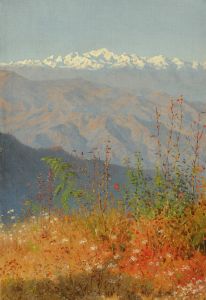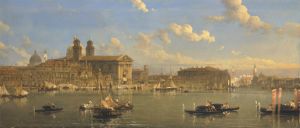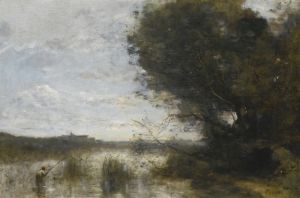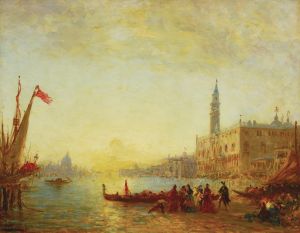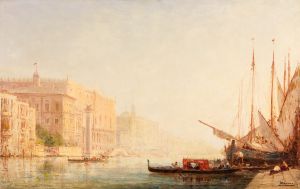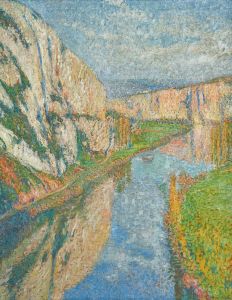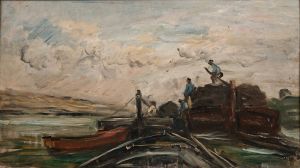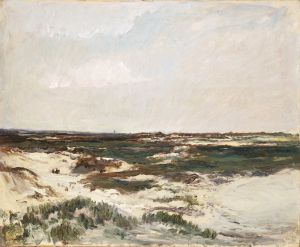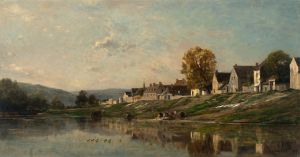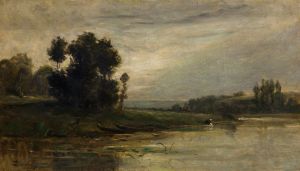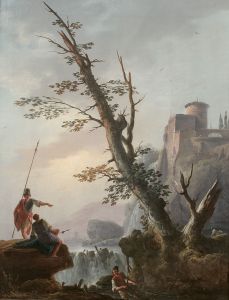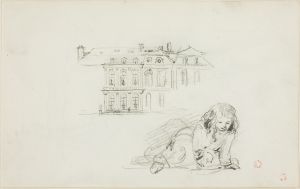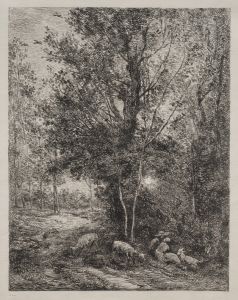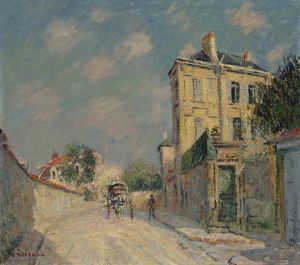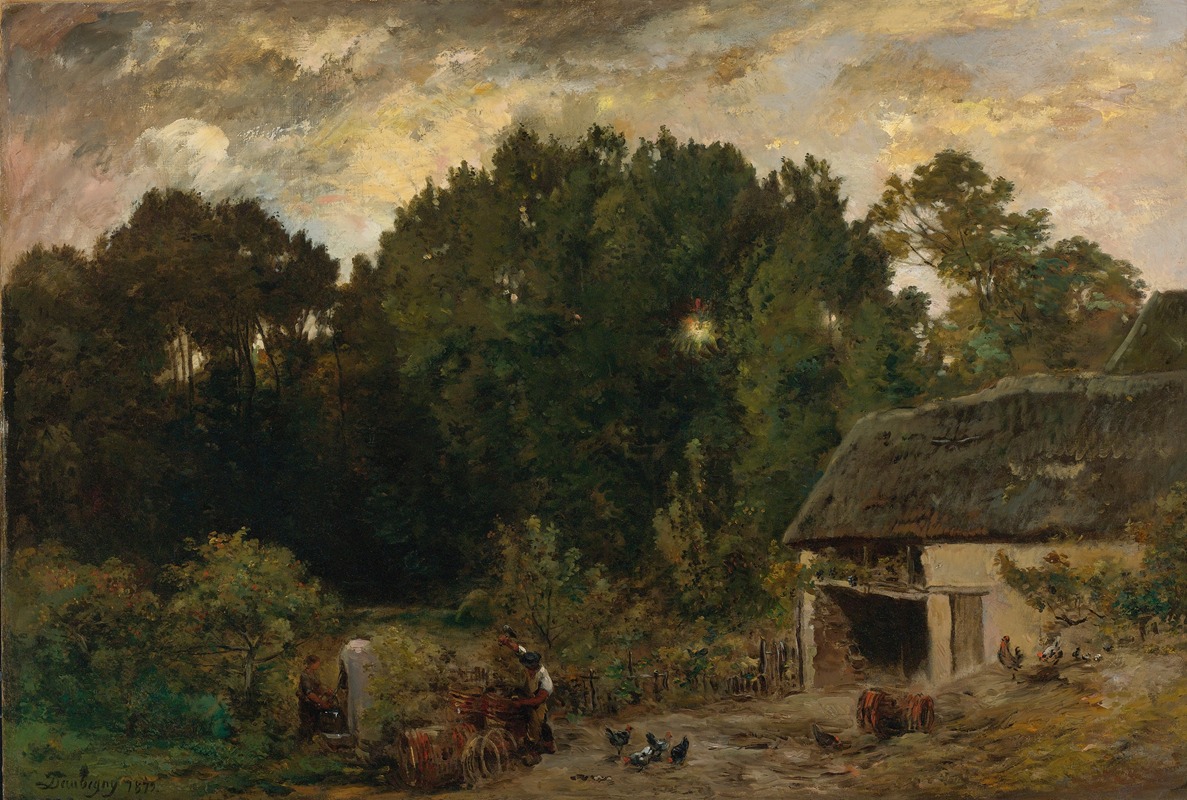
Le Tonnelier
A hand-painted replica of Charles François Daubigny’s masterpiece Le Tonnelier, meticulously crafted by professional artists to capture the true essence of the original. Each piece is created with museum-quality canvas and rare mineral pigments, carefully painted by experienced artists with delicate brushstrokes and rich, layered colors to perfectly recreate the texture of the original artwork. Unlike machine-printed reproductions, this hand-painted version brings the painting to life, infused with the artist’s emotions and skill in every stroke. Whether for personal collection or home decoration, it instantly elevates the artistic atmosphere of any space.
Charles François Daubigny (1817–1878) was a prominent French landscape painter associated with the Barbizon School, a movement that emphasized naturalistic representation of the French countryside. One of his notable works is "Le Tonnelier" (The Cooper), which exemplifies his dedication to capturing rural life and the natural environment.
"Le Tonnelier" was created in the mid-19th century, a period when Daubigny was deeply involved in plein air painting, a technique that involves painting outdoors to directly capture the effects of light and atmosphere. This approach was revolutionary at the time and laid the groundwork for the Impressionist movement that followed.
The painting depicts a cooper, a craftsman who makes and repairs barrels, engaged in his work. The scene is set in a rustic, rural environment, characteristic of Daubigny's preference for depicting everyday life in the French countryside. The cooper is shown surrounded by tools and materials essential to his trade, emphasizing the artisanal nature of his work.
Daubigny's use of light and shadow in "Le Tonnelier" is particularly noteworthy. He skillfully captures the natural light, which bathes the scene in a warm, golden hue, suggesting either early morning or late afternoon. This use of light not only enhances the realism of the scene but also imbues it with a sense of tranquility and timelessness.
The composition of "Le Tonnelier" is balanced and harmonious, with the figure of the cooper centrally placed, drawing the viewer's attention. The surrounding elements, such as the barrels, tools, and the natural landscape, are rendered with meticulous detail, reflecting Daubigny's keen observational skills and his ability to convey the textures and forms of different materials.
Daubigny's technique in this painting involves loose, fluid brushstrokes that capture the essence of the scene without becoming overly detailed. This approach allows for a more spontaneous and lively representation, which was a hallmark of his style and a precursor to the techniques later adopted by the Impressionists.
"Le Tonnelier" is a testament to Daubigny's ability to elevate a simple, everyday subject to the level of fine art. His focus on rural labor and the natural environment reflects the broader themes of the Barbizon School, which sought to depict the beauty and authenticity of rural life in an era of rapid industrialization and urbanization.
Today, Charles François Daubigny is remembered as a key figure in the transition from traditional landscape painting to the more modern approaches of the Impressionists. His works, including "Le Tonnelier," continue to be celebrated for their innovative techniques and their heartfelt portrayal of the French countryside and its inhabitants.





